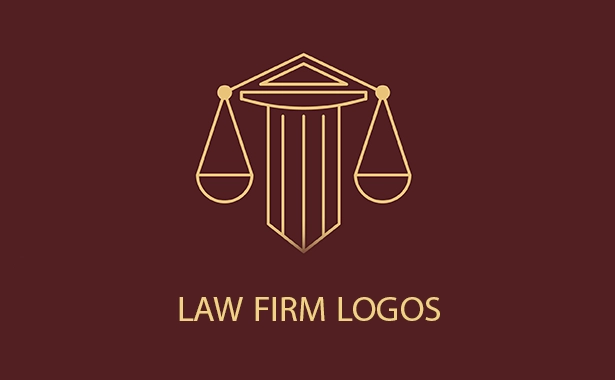Government BC | Tenancy Forms – RTB-7
RTB-7 – Notice of Rent Increase – Residential Rental Units in British Columbia
Landlords must use the rental increase form BC to inform tenants of rent increases, giving them a full three months’ notice before the increase takes effect. The allowable increase percentage changes annually; for 2023, it’s set at 2.0%. Exceptions to these rules include situations like non-profit housing linked to income, additional occupants, and instances where landlords may apply for additional rent increases under specific circumstances.
The RTB-7 form is a mandatory document used by landlords to inform tenants about an upcoming rent increase officially. The RTB-7 form ensures compliance with the requirements set by the Residential Tenancy Act, demanding landlords give tenants at least three months’ notice before any rent increase can take effect. It collects essential details, including both the landlord’s and tenant’s information, current and new rent amounts, and the effective date of the rent increase. This BC rent increase form also contains sections for the date of the last rent increase, allowing for transparency and proper record-keeping. Additionally, it provides vital information on how the notice should be served, emphasizing the importance of following the Act to avoid any legal issues. Landlords are required to sign the form, certifying the accuracy of the information provided.
Filling out this rent increase form BC involves several key steps to ensure both legality and clarity in the communication of a rent increase to a tenant as follows:
– Completing Tenant Information
- First and Middle Name, Last Name: Fill in the tenant’s full name as per the rental agreement.
- Mailing Address: Enter the tenant’s current mailing address, including the site/unit number, street name and number, city, province, and postal code. This may be different from the rental address.
- Main Phone/Other Phone: Provide the tenant’s primary contact number and an alternative, if available.
– Rental Address
If the rental address differs from the mailing address, enter the details of the property being rented, including the site/unit number, street name and number, city, province, and postal code.
– Landlord Information
- First and Middle Name(s), Last Name(s): Input the landlord’s full name or the legal business name if applicable.
- Address and Phone Numbers: Fill in the landlord’s contact address and phone numbers. Ensure this information is accurate for potential future communications.
– Notice of Rent Increase
- Date of Last Rent Increase: Indicate the date when the last rent increase took effect or the date the rent was initially established if this is the first increase.
- Current Rent: Specify the current rent amount and the frequency (weekly, monthly, other).
- Rent Increase: State the amount of the increase and the frequency.
- New Rent: Calculate and enter the total new rent amount that will be payable following the increase.
- Effective Date of the New Rent: Clearly mention the date from which the new rent will be applicable.
– Landlord Signature
- The landlord must sign and date the form, certifying that the information provided is true and accurate. Print the full name of the landlord or business next to the signature for identification.
Important Notes:
- Notice Period: Remember, the landlord must give the tenant at least three months’ notice before the rent increase takes effect.
- Service of Notice: The completed form must be served to the tenant either in person, by mail, or by another method allowed by the Residential Tenancy Act. Note the date of service as it impacts the notice period.
Disclaimer: This guide is provided for informational purposes only and is not intended as legal advice. You should consult the Residential Tenancies Act or a legal professional.




